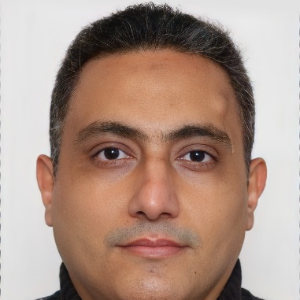Title : Effect of dietary intervention on the prevalence of asymptomatic malaria among 6-18-month-old children in rural Malawi
Abstract:
Background: The complex interaction between malaria and undernutrition leads to increased mortality and morbidity rate among young children in malaria-endemic regions. Results from previous interventions suggest that improving nutritional status of young children may reduce the burden of malaria. This study tested a hypothesis that provision of lipid-based nutrient supplements (LNS) or corn-soy blend (CSB) supplementation to 6-18 -month-old children in Malawi would reduce the prevalence of asymptomatic malaria among them.
Methods: A total of 840 6-month-old children were enrolled in a randomized trial. The participants received 12-month supplementation with three different daily dietary supplementations: CSB, soy-LNS, or milk-LNS, and one control group without supplementation. The prevalence rate of asymptomatic Plasmodium falciparum (P. falciparum) was determined by real-time PCR from the participant’s dried blood spots (DBS) collected at the baseline and every three months after. The global null hypothesis was tested using modified Poisson regression to estimate the prevalence ratio (PR) between the control group and three intervention groups at all ages combined. All the models were adjusted for malaria at baseline, season of DBS sample collection, site of enrolment, and household asset Z-score.
Results: In all children combined, the prevalence of P. falciparum was 14.1% at enrollment, 8.7% at 9 months, 11.2% at 12 months, 13.0% at 15 months and 22.4% at 18 months of age. Among all samples that were taken after enrolment, the prevalence was 12.1% in the control group, 12.2% in the milk-LNS, 14.0% in soy-LNS, and 17.2% in the CSB group. Compared to children in the control group the prevalence ratio of positive malaria tests was 1.19 (95% CI 0.81 - 1.74; P=0.372) in the milk-LNS group, 1.32 (95% CI 0.88 - 1.96; P=0.177) in the soy-LNS group and 1.72 (95% CI 1.19 - 2.49; P=0.004) in the CSB group.
Conclusion: The sample findings do not support a hypothesis that LNS or CSB supplementation would reduce the prevalence of asymptomatic malaria among Malawian children. In contrast, there was a signal of a possible increase in malaria prevalence among children supplemented with CSB.



